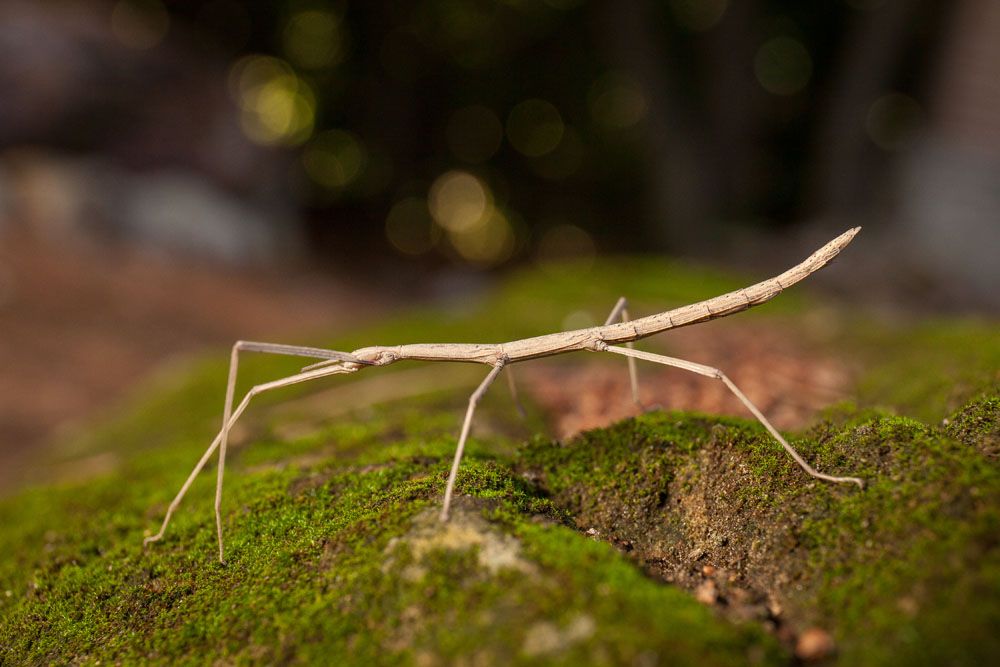
Prairie Walkingstick – Diapheromera velii
Prairie Walkingstick – Diapheromera velii
Common Name: Prairie Walkingstick
Latin Name: Diapheromera velii
Appearance:
The Prairie Walkingstick, Diapheromera velii, is a type of stick insect known for its slender and elongated body, resembling a twig or piece of vegetation. They typically have a brown or green colouration, helping them camouflage with their natural environment. Adult walking sticks can range in size from about 2 to 4 inches (5 to 10 cm).
Host Plants:
Prairie walking sticks eat largely deciduous trees and shrubs such as oak, hazel, and other plants found in grassland and woodland settings.
Territory: Prairie walking sticks are found in North America, particularly in prairie regions and woodlands.
Damages caused by Prairie Walkingstick:
Prairie walking sticks are generally not considered significant pests. They feed on foliage but typically do not cause extensive damage to plants. Their feeding habits are not known to pose a threat to the overall health of trees or shrubs.
Life History and Habits:
- Eggs:Female Prairie walking sticks deposit eggs into the soil during the fall. The eggs remain in the soil through the winter.
- Nymphs:After hatching in the spring, young walking sticks, called nymphs, resemble smaller versions of adults. They go through several moults as they grow.
- Adults:Adult Prairie Walkingsticks are fully wingless and have a remarkable ability to mimic twigs or branches. They are primarily active at night and are well-camouflaged during the day.
- Feeding:Walking sticks feed on the leaves of deciduous trees and shrubs. While they can consume a significant amount of foliage, their populations are usually not large enough to cause serious harm to plants.
